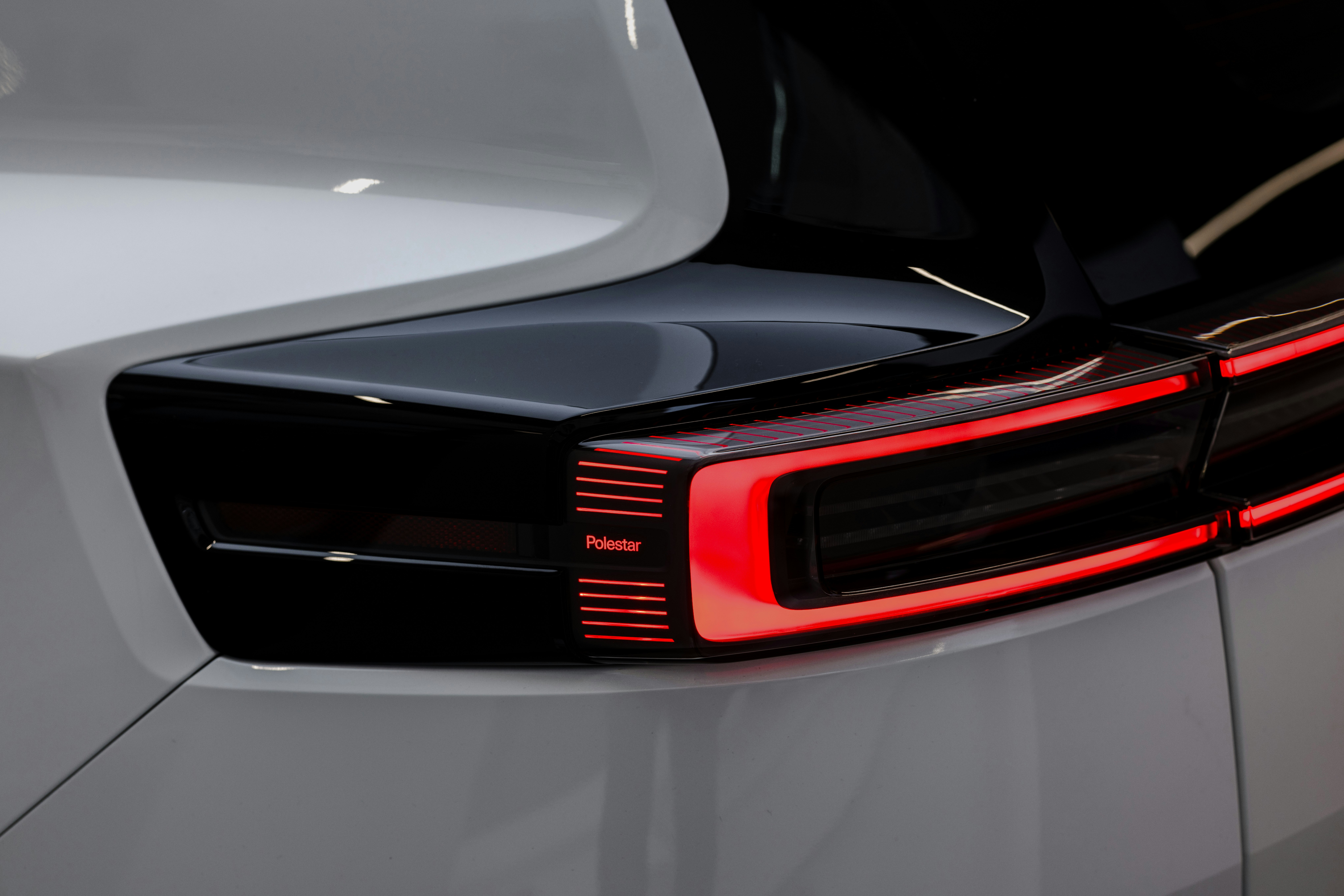Introduction to Electric Vehicle (EV) Technology
Electric vehicles (EVs) have emerged as a transformative force in the automotive industry, offering an environmentally friendly and sustainable alternative to traditional gasoline-powered vehicles. In recent years, advancements in battery technology, electric drivetrains, and charging infrastructure have propelled the growth of the EV market, making electric transportation more accessible and appealing to consumers worldwide.
At the heart of every electric vehicle lies a sophisticated interplay of components designed to deliver efficient and powerful performance. From the high-capacity battery pack to the electric motor and intricate power management systems, each part plays a crucial role in propelling the vehicle forward. We will delve into the inner workings of these components, unraveling their functions and highlighting their contributions to the overall EV experience. Additionally, we will discuss the differences between battery electric vehicles (BEVs), plug-in hybrid electric vehicles (PHEVs), and hybrid electric vehicles (HEVs), providing insights into their respective architectures and operation.
Electric vehicles boast an array of advantages over their internal combustion engine counterparts. Not only do they produce zero tailpipe emissions, reducing air pollution and mitigating climate change, but they also boast lower operating costs and superior performance. Through compelling statistics and real-world examples, we will showcase the environmental, economic, and social benefits of embracing electric transportation. Moreover, we will examine the role of EVs in enhancing energy security, reducing dependence on fossil fuels, and promoting energy independence.
Understanding Electric Vehicle Components
The primary components of an electric vehicle include the battery pack, electric motor, power electronics, and thermal management system. The battery pack serves as the energy storage unit, providing power to the electric motor and other onboard systems. Advanced lithium-ion batteries dominate the EV market due to their high energy density, rapid charging capabilities, and long cycle life. Electric motors, on the other hand, convert electrical energy from the battery into mechanical energy to propel the vehicle. They come in various configurations, including AC induction motors and permanent magnet synchronous motors, each offering unique advantages in terms of efficiency and performance.
Power electronics play a crucial role in managing the flow of electricity between the battery pack and the electric motor. They control the speed and torque of the motor, regulate energy flow during charging and discharging, and ensure optimal efficiency and performance. Additionally, the thermal management system helps regulate the temperature of the battery pack and electric motor, preventing overheating and extending their lifespan.
Despite their numerous benefits, electric vehicles face certain challenges and misconceptions that hinder widespread adoption. From concerns about range anxiety and charging infrastructure to misconceptions about battery life and upfront costs, we will address these issues head-on, debunking myths and offering practical solutions to accelerate the transition to electric mobility. Additionally, we will discuss the importance of public education and awareness campaigns in dispelling misinformation and fostering greater acceptance of electric vehicles among consumers.
Overcoming Challenges and Misconceptions
Transitioning to electric vehicles requires careful planning and consideration. In this section, we will provide invaluable tips and guidance for prospective EV owners, from choosing the right vehicle to understanding charging options and optimizing driving habits. By empowering readers with actionable advice, we aim to facilitate a smooth and seamless transition to electric mobility. Furthermore, we will discuss the importance of investing in home charging infrastructure and leveraging incentives and rebates to make EV ownership more affordable and accessible.
As technology continues to evolve at a rapid pace, the future of electric vehicles holds boundless promise. From advancements in battery technology to the integration of autonomous driving features and the proliferation of electric vehicle fleets, we will explore the exciting developments shaping the future of mobility. Additionally, we will examine the role of government policies, incentives, and industry collaborations in accelerating the adoption of electric vehicles and ushering in a new era of sustainable transportation. By embracing electric mobility, we can pave the way for a cleaner, greener, and more sustainable future for generations to come.
The Future of Electric Vehicles
The adoption of electric vehicles is expected to accelerate in the coming years, driven by factors such as declining battery costs, government incentives, and growing environmental awareness. According to a report by BloombergNEF, electric vehicles are projected to account for over 50% of new car sales globally by 2040. Furthermore, major automakers have announced ambitious plans to electrify their vehicle lineups, signaling a paradigm shift in the automotive industry.
One of the key drivers of electric vehicle adoption is the continued improvement in battery technology. Researchers are actively working on developing next-generation batteries with higher energy density, faster charging times, and lower costs. Solid-state batteries, in particular, hold immense potential due to their improved safety, longevity, and energy efficiency. Moreover, advancements in charging infrastructure, including ultra-fast chargers and wireless charging technology, are making electric vehicles more convenient and practical for everyday use.
Autonomous driving technology is another area poised to revolutionize the automotive industry. Electric vehicles, with their advanced onboard sensors and computing power, are well-suited for autonomous driving applications. Companies like Tesla, Waymo, and General Motors are investing heavily in autonomous vehicle development, aiming to bring fully self-driving cars to market in the near future. Autonomous electric vehicles have the potential to reduce traffic congestion, improve road safety, and enhance the overall efficiency of transportation systems.
In addition to passenger vehicles, electric mobility extends to other modes of transportation, including buses, trucks, and even aircraft. Electric buses are gaining popularity in urban areas due to their quiet operation, zero emissions, and lower operating costs. Companies like Proterra and BYD have emerged as leaders in the electric bus market, offering a range of battery-electric and fuel cell-powered models. Similarly, electric trucks are making inroads in the freight industry, offering a cleaner and quieter alternative to diesel-powered vehicles.
Electric Vehicles Beyond Passenger Cars
The adoption of electric vehicles is expected to accelerate in the coming years, driven by factors such as declining battery costs, government incentives, and growing environmental awareness. According to a report by BloombergNEF, electric vehicles are projected to account for over 50% of new car sales globally by 2040. Furthermore, major automakers have announced ambitious plans to electrify their vehicle lineups, signaling a paradigm shift in the automotive industry.
One of the key drivers of electric vehicle adoption is the continued improvement in battery technology. Researchers are actively working on developing next-generation batteries with higher energy density, faster charging times, and lower costs. Solid-state batteries, in particular, hold immense potential due to their improved safety, longevity, and energy efficiency. Moreover, advancements in charging infrastructure, including ultra-fast chargers and wireless charging technology, are making electric vehicles more convenient and practical for everyday use.
Autonomous driving technology is another area poised to revolutionize the automotive industry. Electric vehicles, with their advanced onboard sensors and computing power, are well-suited for autonomous driving applications. Companies like Tesla, Waymo, and General Motors are investing heavily in autonomous vehicle development, aiming to bring fully self-driving cars to market in the near future. Autonomous electric vehicles have the potential to reduce traffic congestion, improve road safety, and enhance the overall efficiency of transportation systems.
In addition to passenger vehicles, electric mobility extends to other modes of transportation, including buses, trucks, and even aircraft. Electric buses are gaining popularity in urban areas due to their quiet operation, zero emissions, and lower operating costs. Companies like Proterra and BYD have emerged as leaders in the electric bus market, offering a range of battery-electric and fuel cell-powered models. Similarly, electric trucks are making inroads in the freight industry, offering a cleaner and quieter alternative to diesel-powered vehicles.
Electric Vehicles Beyond Passenger Cars
Electric vehicles (EVs) have the potential to revolutionize transportation, offering a cleaner, more sustainable alternative to traditional gasoline-powered vehicles. With advancements in battery technology, charging infrastructure, and autonomous driving technology, EVs are poised to reshape the automotive industry and pave the way for a greener future. By embracing electric mobility, we can reduce our dependence on fossil fuels, mitigate climate change, and create a cleaner, healthier planet for future generations.
Share via:



